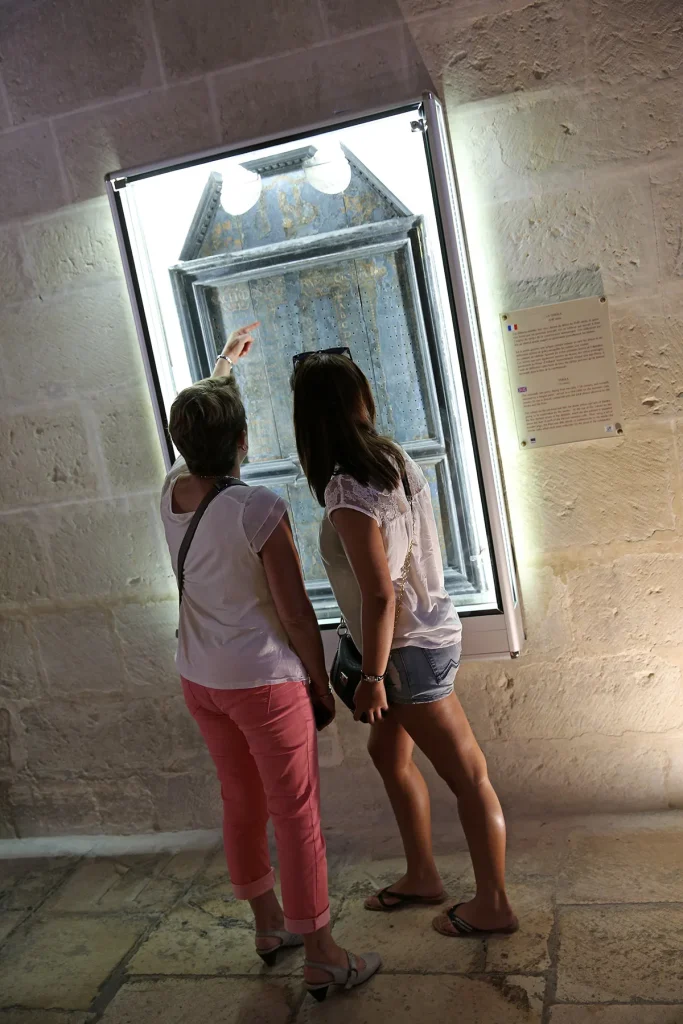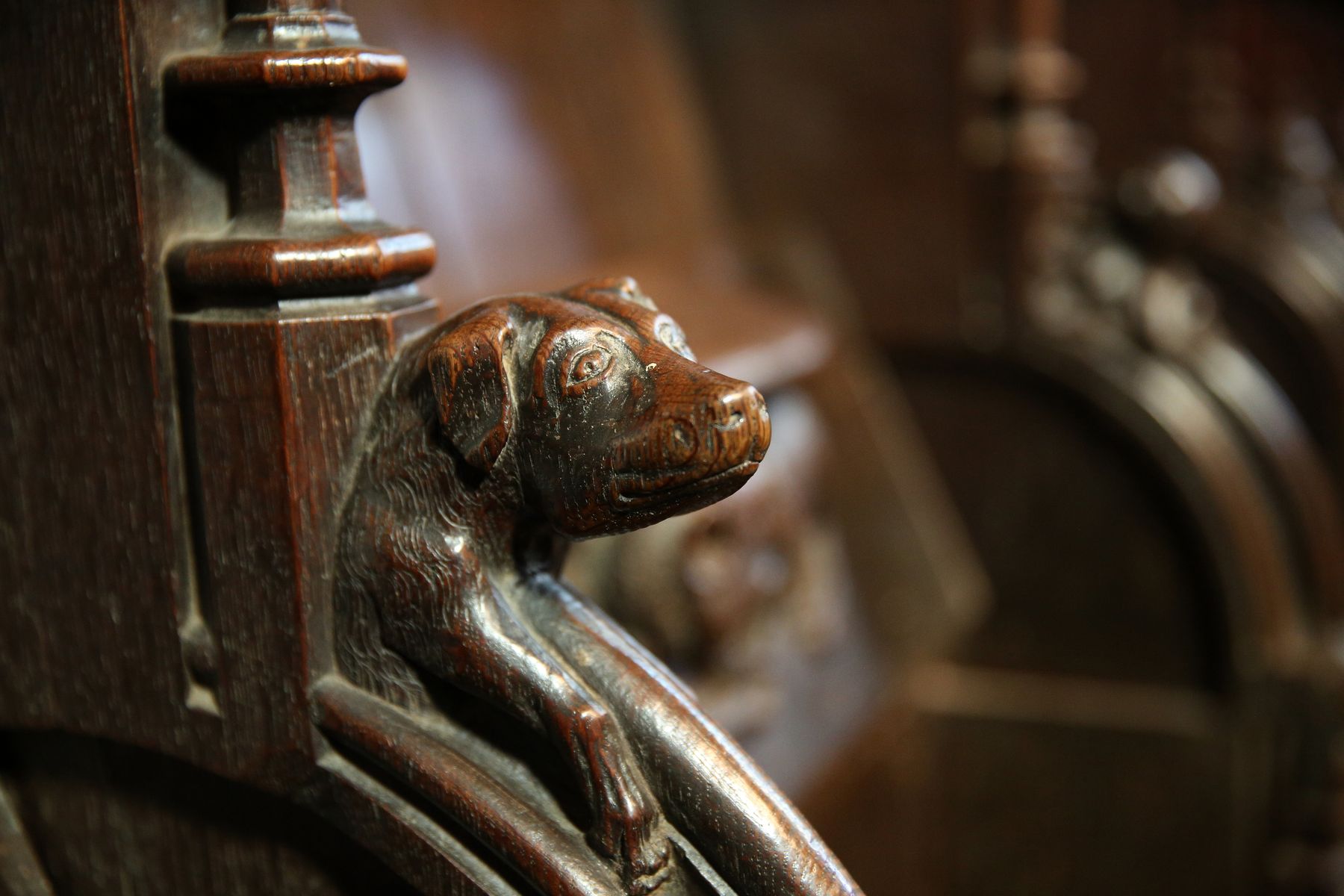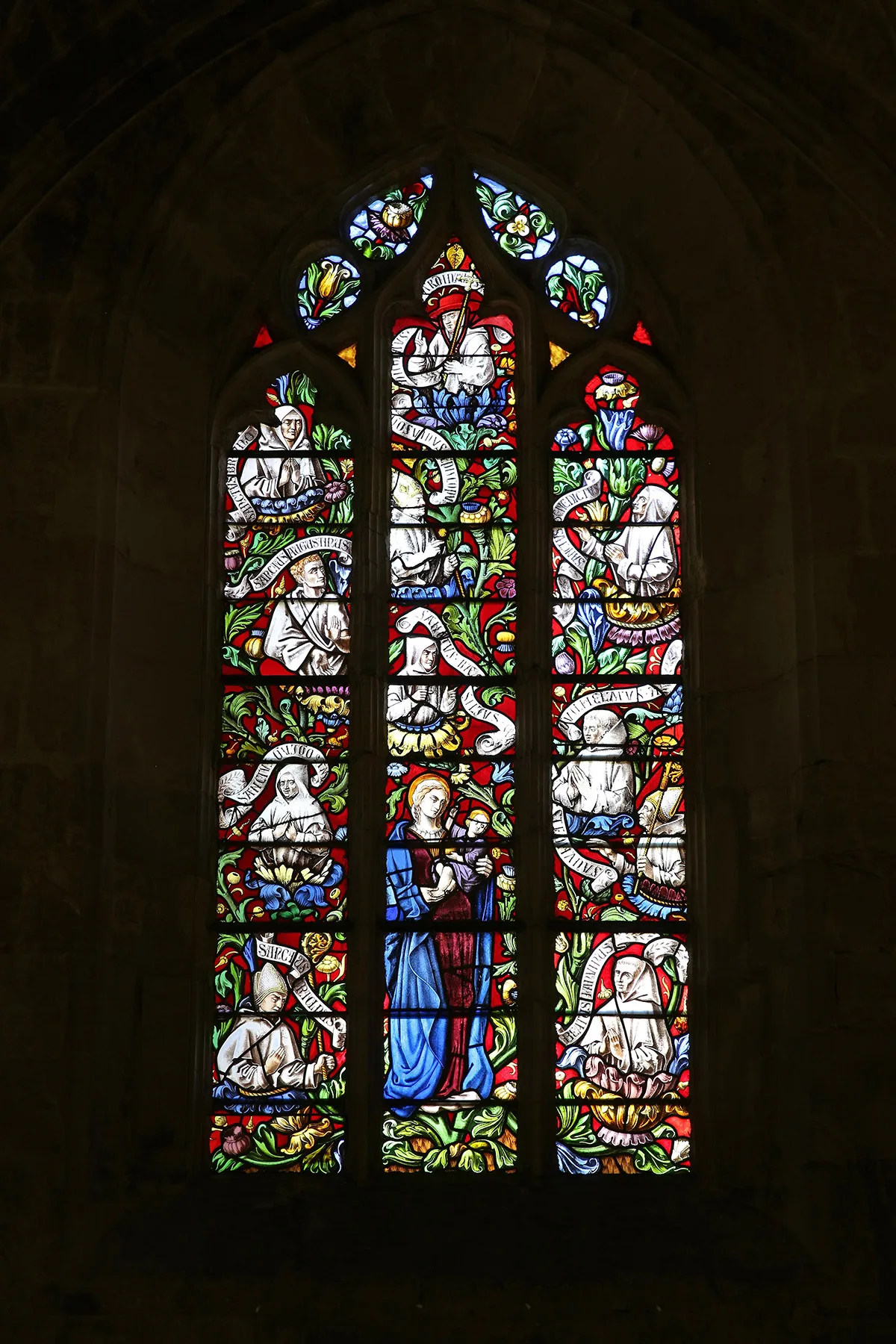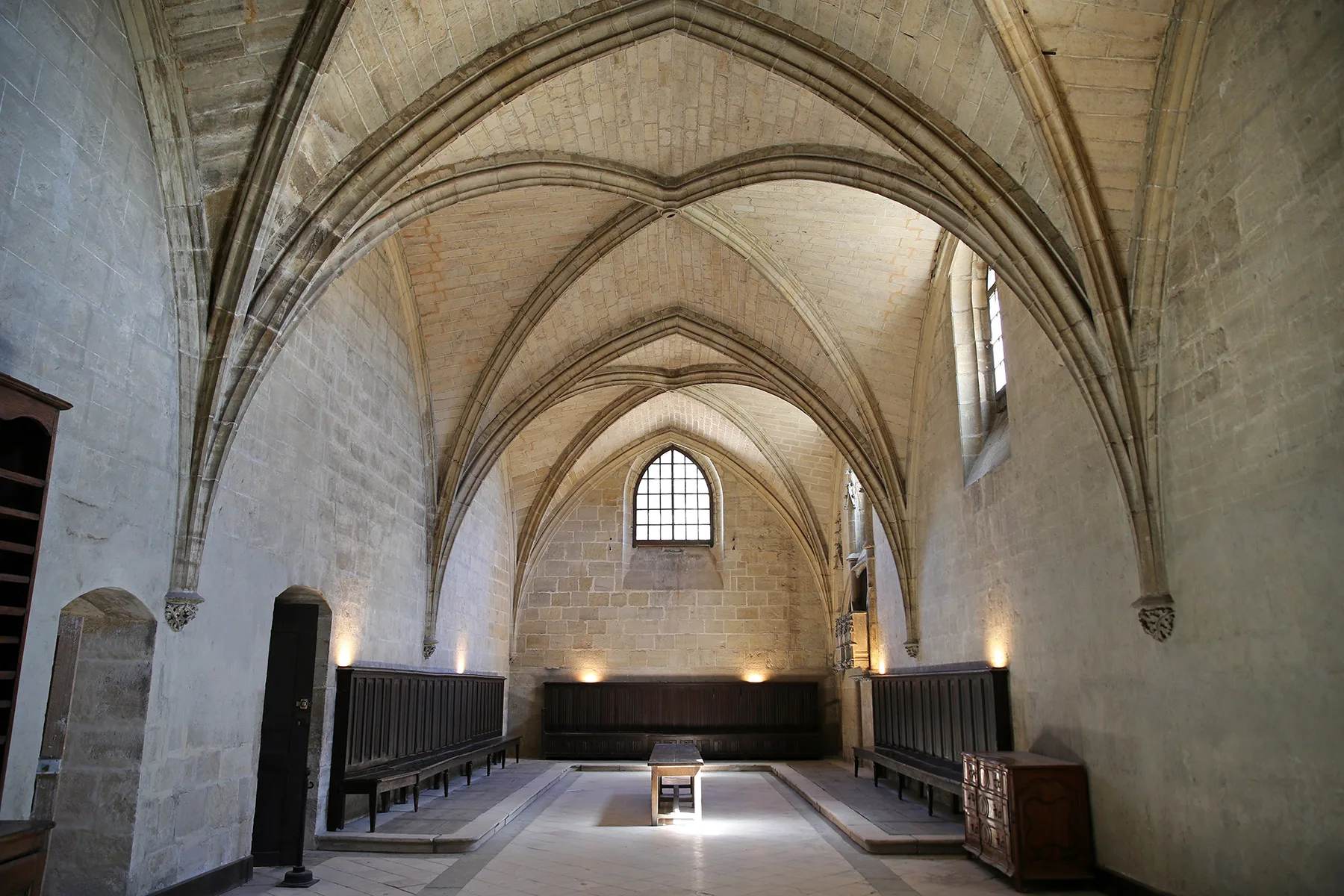Built between 1452 and 1462, on the left bank of the Aveyron river, the Saint-Sauveur charterhouse in Villefranche-de-Rouergue was a monastery of monk-hermits obeying the strict precepts wanted by Saint Bruno. Discover the history of the place.

monastic life
For more than three centuries, fathers and brothers lived according to principles centered on loneliness, silence, deprivation and spiritual work.
During the French Revolution, the monks were expelled and the municipality of Villefranche-de-Rouergue quickly took possession of it in order to build the hospice which was transformed into a hospital.
Origins of the Saint-Sauveur Charterhouse in Villefranche
In 1450, Vezian Valletta went to Rome to buy indulgences on the occasion of the jubilee celebrated by Pope Nicolas V. Before starting his journey, this wealthy draper merchant took care to write his will. In this document, he recorded his desire to bequeath his entire fortune to the chartreux, on the condition that they raise a monastery of their order in the country house. Moreover, he asked that a mass be dictated daily, as long as the buildings existed, for the rest of his soul and that of his wife. Struck by the plague during his stay in Italy, he died before he could even return to Rouergue. His wife, Catherine garnier, respected her late husband's wishes and arranged for the order to recover the money needed to start the work.
Construction began in 1452Under the direction of Richard of Condom, and was continued by the master builders Conrad Rogier and Jean Coupiac.
Today…
Still today, the Chartreuse Saint-Sauveur of Villefranche-de-Rouergue allows you to immerse yourself in the mystical universe of the sons of St. Bruno. Through all of its buildings, it is possible to find the atmosphere in which the monks lived for more than three centuries. It is an extremely singular building where the sobriety of the Carthusian architecture and the flamboyance of the Gothic of the end of the Middle Ages rub shoulders. Indeed, despite the wrath of time, the monastery has kept all its presence and contains treasures that all lovers of art and history must discover.







